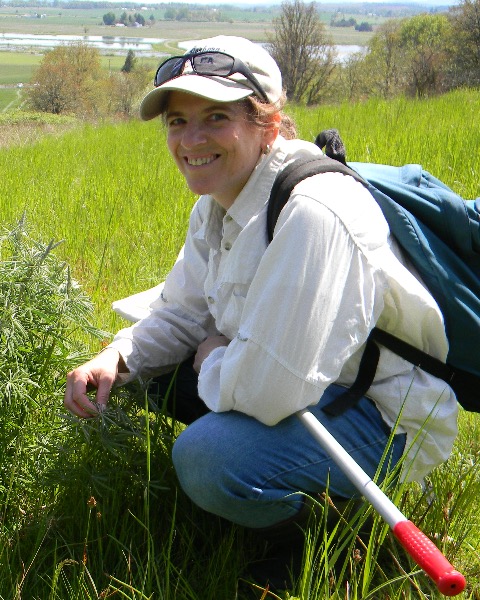Poster Display
Plant-Insect Ecosystems
Poster: P-IE, Pollinator Biology and Ecology
D3485: Interactions between shade environment and milkweed species impact western monarch late season development, size, and survival
Tuesday, November 11, 2025
9:00 AM - 5:00 PM Pacific
Location: Exhibit Hall A-A1, OCC

Michelle Boone (she/her/hers)
Colorado State University
Portland, Oregon
Cheryl B. Schultz
Professor
Washington State University
Vancouver, Washington
Presenting Author(s)
Co-Author(s)
The monarch butterfly (Danaus plexippus) is under consideration for listing as threatened under the Endangered Species Act due to severe population decline over the past two decades. The Columbia Basin ecoregion in Idaho and eastern Oregon and Washington, which support late summer breeding of western monarchs, has experienced hotter temperatures, changing precipitation patterns, increased droughts, and more frequent wildfires in recent years due to changing environmental conditions. The late season is an important part of the monarch annual life cycle as this is the generation that will make the return trip to overwintering sites along the California coast. Previous research in the region indicated that monarch eggs are more abundant in shady areas, when available, compared to plants in direct sunlight. We hypothesized that shady habitat may serve as an important microhabitat for supporting monarch breeding in arid environments. To test whether shade impacted larval survival in the late summer, we conducted a field experiment and tracked survival of monarch larvae to adults on two milkweed species (Asclepias speciosa and A. fascicularis) in two shade environments (full sun, full shade). We found a significant interaction between milkweed species and shade environment - caterpillars foraging on A. speciosa had 3x the survival to adults when foraging in the shade whereas those foraging on A. fascicularis were not impacted by the shade environment. Our study suggests that creating habitat heterogeneity with both shade refugia and milkweed diversity may be important for monarch conservation in the breeding range of the western monarch population.
.png)
